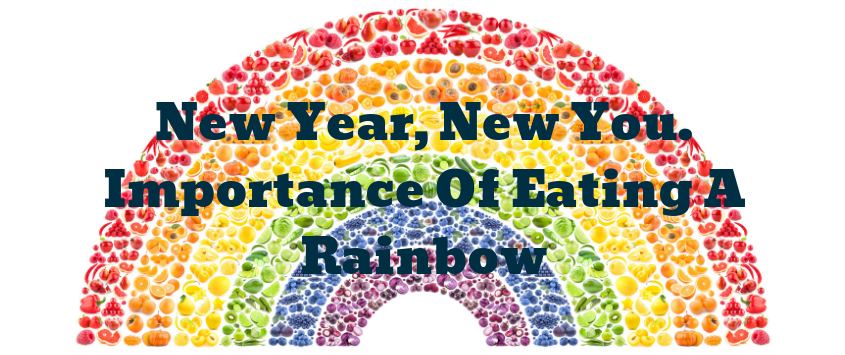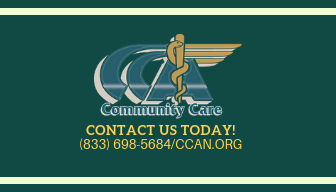
Eat a Rainbow to Stay Healthy All Year
01-09-2019Want to make healthy changes this year? While some people have medical dietary restrictions and should stick with their doctor’s plan, we acknowledge the importance of trying to “eat a rainbow” every day. Community Care Ambulance wants to promote health in the communities we serve, so we’ve pulled together information about how you can incorporate more fruits and vegetables into your daily diet.
What Does it Mean to Eat a Rainbow?
Fruits and vegetables come in a range of colors – red, orange, yellow, green, blue and purple – and their richhues aren’t just nature’s way of adding color in our lives. The colors serve a nutritional purpose. Therefore, it’s important to “eat a rainbow” – meaning you eat fruits and vegetables from each color and get a variety of important vitamins and nutrients that can prevent disease.
It’s recommended that at mealtime, half of your plate is filled with fruits and vegetables. More specifically, most Americans should eat at least three cups of fruits and vegetables per day. This may seem like a lot especially when much of the American diet is focused on meat, dairy and starches.
The Department of Agriculture has many tips for using fruits and vegetables to enhance meals you already enjoy. For example, add chopped vegetables into a pasta dish like lasagna or try them in an omelet. If you like oatmeal, blueberries add texture and enhance the flavor while providing powerful antioxidants. Want a sweet snack? Make a smoothie with a mix of your favorite fruits, then throw in a bit of spinach. (You won’t even taste it!)
A Rainbow of Choices
Red fruits and vegetables help to protect against heart attacks and some cancers. Lycopene is the main source of their red color and some of the most popular red foods are tomatoes, red apples, red grapes, cherries and strawberries. If you’re feeling adventurous, pomegranates and blood oranges taste great and are chock full of nutrients.
Of course, when we think of orange foods, oranges are the first to come to mind. But there are plenty of orange and yellow foods to choose from including bananas, carrots, yellow peppers, cantaloupe, pumpkin and papaya. These have carotenoids, which protect skin, increase eye health and build immunity.
As a child, your mom may have said “eat your greens!” and for good reason. Green foods like broccoli, spinach, lettuce and kiwi are full of antioxidants that are great for overall health and a good source of fiber.
You won’t feel blue if you stock up on blue and purple foods! Blueberries, eggplant, cabbage and blackberries help you feel your best with memory boosting, anti-aging, and anti-inflammatory properties.
Fresh vs. Frozen
Although fresh fruits and vegetables are plentiful during summer and into fall, once winter comes the selection can be limited. However, you’re in luck because research shows that frozen can be just as nutritious as fresh – and possibly more nutritious! Frozen foods are often less expensive, too. (Bonus for your budget.)
Learn about other ways Community Care Ambulance is committed to the health of our communities – like providing healthcare screenings and CPR instruction. If you have an event or idea that aligns with our mission, please call us at 833-698-5684.
Follow us on Facebook, Twitter and LinkedIn for our latest updates!

© Copyright 2025 Community Care Ambulance. All Rights Reserved. Design by: Web Strategy Plus
